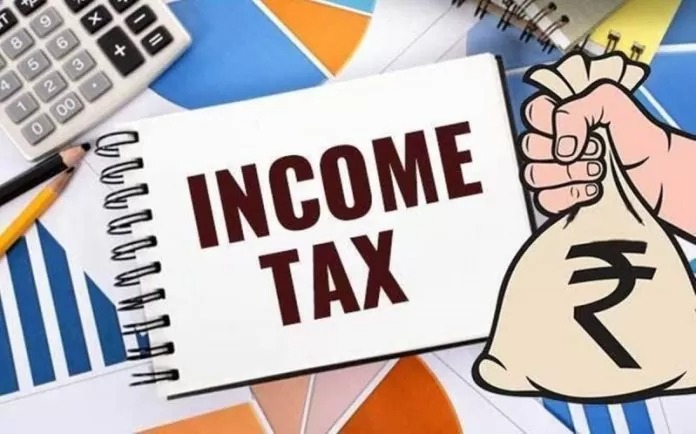Income Tax Filing 2024: After the implementation of the new tax system, taxpayers were given the option to choose between the old and new tax system. After this, the new tax system has been made default from the year 2024, that is, if you do not choose either of the two, you will automatically come under the ambit of the new tax system. The new tax system is beneficial for individuals with annual income above Rs 6 lakh. However, it can be complicated to determine which tax arrangement provides better benefits because it depends on personal financial goals and tax planning.
Factors influencing tax regime selection
Two primary factors play an important role in determining the most advantageous tax arrangement. What is your income and what are the eligible deductions? It is important to understand how tax liability and potential savings fluctuate based on these factors. According to Times Now, CA Divya Bhanushali, Chief Product Officer, TaxBuddy.com, said that it always depends on which category of income you belong to and what is your deduction amount, hence considering the unavoidable expenses and investments. Needed After doing this the tax liability should be assessed. Many taxpayers may be paying for some necessary expenses and investments that have tax benefits.
Tax for individuals earning Rs 6 lakh annually
Under the new tax regime, individuals with an annual income of Rs 6 lakh enjoy zero tax liability. In contrast, under the old tax regime, salaried individuals could have faced a tax liability of Rs 22,500 (excluding cess) if they had not availed any deduction except the standard deduction of Rs 50,000. However, many salaried taxpayers already have to avail of deductions that were already nil under the old system. By using deductions like Rs 50,000 and standard deduction of Rs 50,000 under Section 80C, taxpayers can bring their taxable income up to Rs 5 lakh, resulting in zero tax liability.
Comparison between the new tax system vs the old income tax system
| Description | old tax system with deductions | new tax System |
| Annual Income | Rs 6,00,000 | Rs 6,00,000 |
| standard deduction | Rs 50,000 | Rs 50,000 |
| Section 80C (Exemption on investment up to Rs 1.5 lakh) | Rupee. Rs 1,50,000 (maximum) | 0 |
| total taxable income | Rs 4,50,000 | Rs 5,50,000 |
| tax on additional income | Rs 10000 (up to Rs 2.5 lakh – 5% on BEL and above Rs 2 lakh) | Rs 12500 (up to Rs 2.5 lakh – 5% on BEL and above Rs 2 lakh) |
| Exemption under section 87A | Rs 10,000 (maximum Rs 12500) | Rs 12500 (maximum Rs 25000) |
| final tax amount | Zero | Zero |
CA Divya Bhanushali said if individuals have income up to Rs 7 lakh and opt for the new regime, there will be no tax liability for exemption up to Rs 25,000 under Section 87A.
tax as per deduction
It is important to assess the deductions available to individuals with annual income above Rs 6 lakh. Deduction under Section 80C (up to Rs 1.5 lakh) and other deductions like HRA, interest on home loan and medical insurance premium have a significant impact on tax liability. When choosing between tax regimes it is important to evaluate which deductions are applicable and how they impact tax savings.
Effect of rising income levels
As the income level exceeds Rs 6 lakh, the tax-saving potential under both regimes fluctuates. While the new system offers easier and lower tax rates. Deductions play an important role in optimizing tax savings. Individuals earning more than Rs 6 lakh annually should carefully analyze their deduction eligibility.
